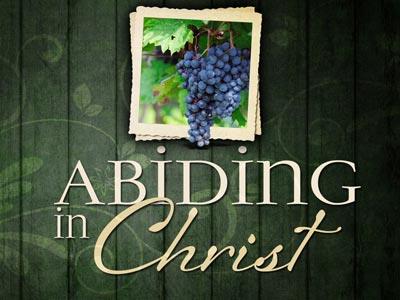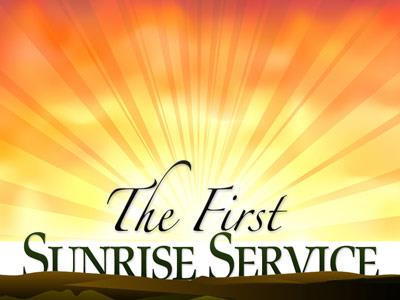-
I Am The Bread Of Life Series
Contributed by Denn Guptill on Feb 8, 2021 (message contributor)
Summary: In 2021 bread is seen as simply a side and not a staple, what did it mean when Jesus said, I am the Bread of Life.
When I was a child, our family lived in Germany and the bread was dark and coarse.
When we moved home to Canada my image of bread became my Grandmother’s home-made bread enjoyed warm with homemade strawberry jam and a slice of old cheddar cheese.
During my teen years, bread was used as a figure of speech for money. White bread was declared unhealthy and at our home whole wheat bread became the new norm.
At that same time in my life there was a rock band by the name of Bread, and I don’t know how many times I heard someone remark that something was the best thing since sliced bread. Which if you are wondering first happened when Kleen Maid Sliced Bread was introduced on July 7, 1928.
lt really caught on when Wonder Bread started selling sliced bread across the US and Canada in 1930, but many bakers said it was just a fad.
There are some great things that have been around longer than sliced bread, Kool-Aid, jellybeans, and Betty White.
When I was in college, my mother went through a sour dough phase and the bread was heavenly.
Angela makes incredible biscuits, which are a sort of bread. Again, they are best enjoyed warm with strawberry jam.
In Australia there were bakeries, called Hot bread shops on every corner it seemed, and you could get amazing hot bread there, imagine.
When I was in Egypt, no meal was complete without a stack of bread called Aish baladi
(Ash Balladi). It’s like pita, but it’s not pita.
Ash means life and Balladi means tradition. And historically we are told the art of baking bread originated in Egypt. So, it’s kind of fitting.
One Egyptian Proverb tells us, “Rather a piece of bread with a happy heart than wealth with grief.” And the Russian proverb says, “With a piece of bread in your hand you’ll find paradise under a pine tree.”
Actor Burt Lancaster remarked, “I judge a restaurant by the bread and by the coffee.”
Is it any wonder that Jesus described himself using the metaphor of bread?
This is week five of our “I am” series, where we are looking at the different times in the book of John that Jesus described himself metaphorically using the term “I am”
So far we’ve looked at his statement to the crowd, when he simply said “I am”, which incited the crowd to try and stone him because they recognized it as a statement of his deity. That is, through that statement Jesus was claiming to be God. And then I’ve led you through his statements “I am the light of the world” and “I am the gate.”
This week we are looking at Jesus’ words from John chapter 6 when he said, John 6:35 Jesus replied, “I am the bread of life.” And over the next twenty-five verses he repeated the statement multiple times.
And in a time and culture where there are so many different food options this doesn’t seem that important of a statement. I’m sure you’ve seen the meme that says, “Who knew that the hardest part of being an adult is figuring out what to cook for dinner every single night for the rest of your life.”
Today there are so many choices for what to eat next, but two thousand years ago the metaphor of bread spoke volumes to those who heard Jesus’ words.
The word bread is first found in the book of Genesis and then is found woven through the Old and New Testament.
Bread is an integral part of the Old Testament stories, from Abraham to Moses, from David to Elijah. There are laws and regulations laid down in Leviticus and Deuteronomy that reference bread and how it was to be used for various offerings.
David includes bread in the poetry of the Psalms, while Solomon speaks of it in the wisdom literature of the Proverbs.
When Jesus was tempted in the wilderness, the first thing he was tempted with was bread, and at the Last Supper, when he was looking for something to illustrate his suffering and death he spoke of bread.
And of course, one of the requests in the Lord’s prayer is “Give us this day our daily bread.”
The question is, what does it mean for us today?
Well, as usual it’s difficult to fully understand the meaning of Christ’s words without knowing the backstory so that’s where we are going first. We often make the mistake of trying to take Jesus’ words in isolation. Just plucking them out of the air, but there’s always a back story.
This story begins in Chapter six with Jesus teaching on the shores of the Sea of Galilee. The day ends with the miracle of the loaves and fishes when Jesus feeds thousands of people with five small barley loaves and two fish. After the crowd has been fed and dispersed, Jesus sends the apostles in Peter’s boat across Galilee. A storm suddenly comes up and threatens to sink the boat, but Jesus appears walking on the water and calms the storm.

 Sermon Central
Sermon Central



